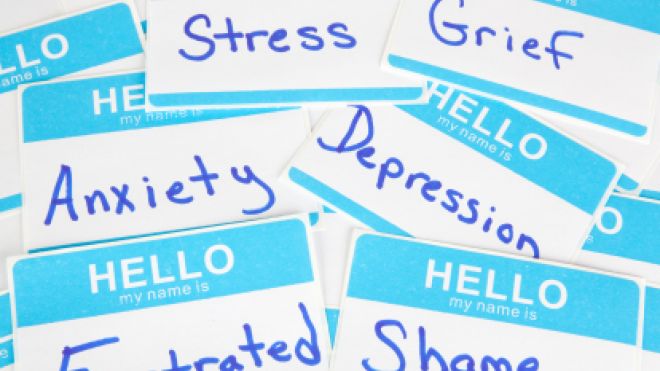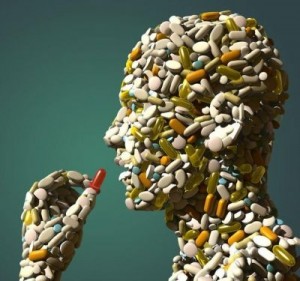
Fox News—The American Psychiatric Association Scam
The American Psychiatric Association (APA) is in danger of losing the little credibility it still enjoys.
The organization is chasing medical insurance company reimbursement money by empowering “working groups” to invent whole new diagnoses by committee.
This is bad form for an association of professionals whose life work is supposed to be pursuit of the truth. And it comes at the worst time: When Americans have about had it with ploys to pump up revenues and profit from the public till.
According to sources familiar with the content of the official Diagnostic and Statistical Manual V—under development by the APA and slated for publication this year—people who are grieving and people who are shy will be labeled with “disorders.” So, too, will some people who rape children or adults. Hoarders—who, heretofore, might have qualified for obsessive-compulsive disorder—may get their own special diagnosis, too.



